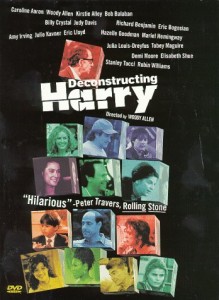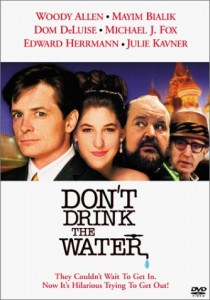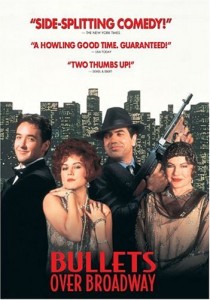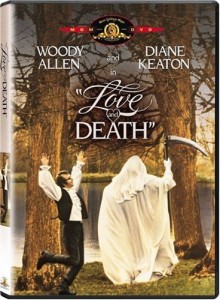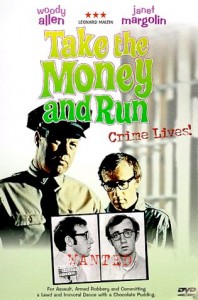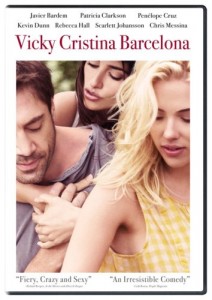 Okay. Given the hype surrounding Vicky Christina Barcelona at the time it was being shot (it was reportedly a trouser-tenting romp with steamy scenes between Scarlett Johansson and Penelope Cruz), I remember feeling quite underwhelmed when I saw it in the theater.
Okay. Given the hype surrounding Vicky Christina Barcelona at the time it was being shot (it was reportedly a trouser-tenting romp with steamy scenes between Scarlett Johansson and Penelope Cruz), I remember feeling quite underwhelmed when I saw it in the theater.
I don’t feel any more “whelmed” seeing it again now.
Vicky Christina Barcelona is – as you might expect – set in Spain. And it begins when scruffy faced and sexy Javier Bardem approaches American friends Vicky (Rebecca Hall) and Christina (Johansson) in a bar and asks them to fly off with him for sex.
Christina wants to immediately. Vicky swears she will not.
But both do.
After awhile, they eventually part ways, with Christina staying with Bardem.
Enter fiery temptress Penelope Cruz, who complicates things greatly.
Vicky marries a straight-laced guy and begins to lead a normal life, which is what she thought she wanted.
But she secretly pines for Bardem.
This is a movie – with its story told via voice-over narration – is about relationships, love, infidelity, sex, and…hmmm.
In other words, it’s another Woody movie.
Who sleeps with whom? Who stays with whom? Who’s happy? Who’s not?
Watch and see.

